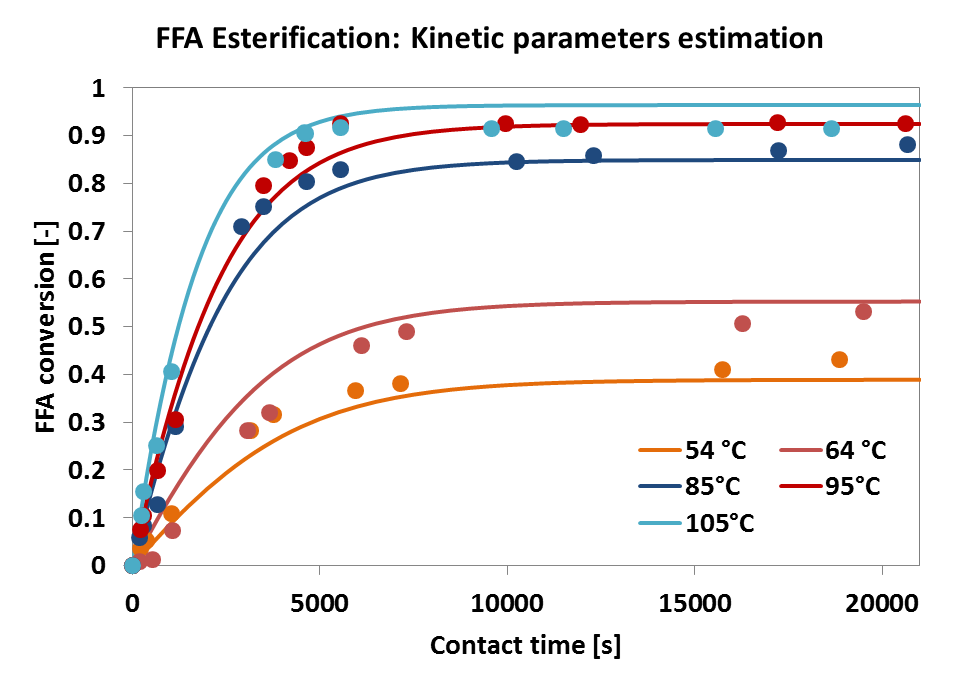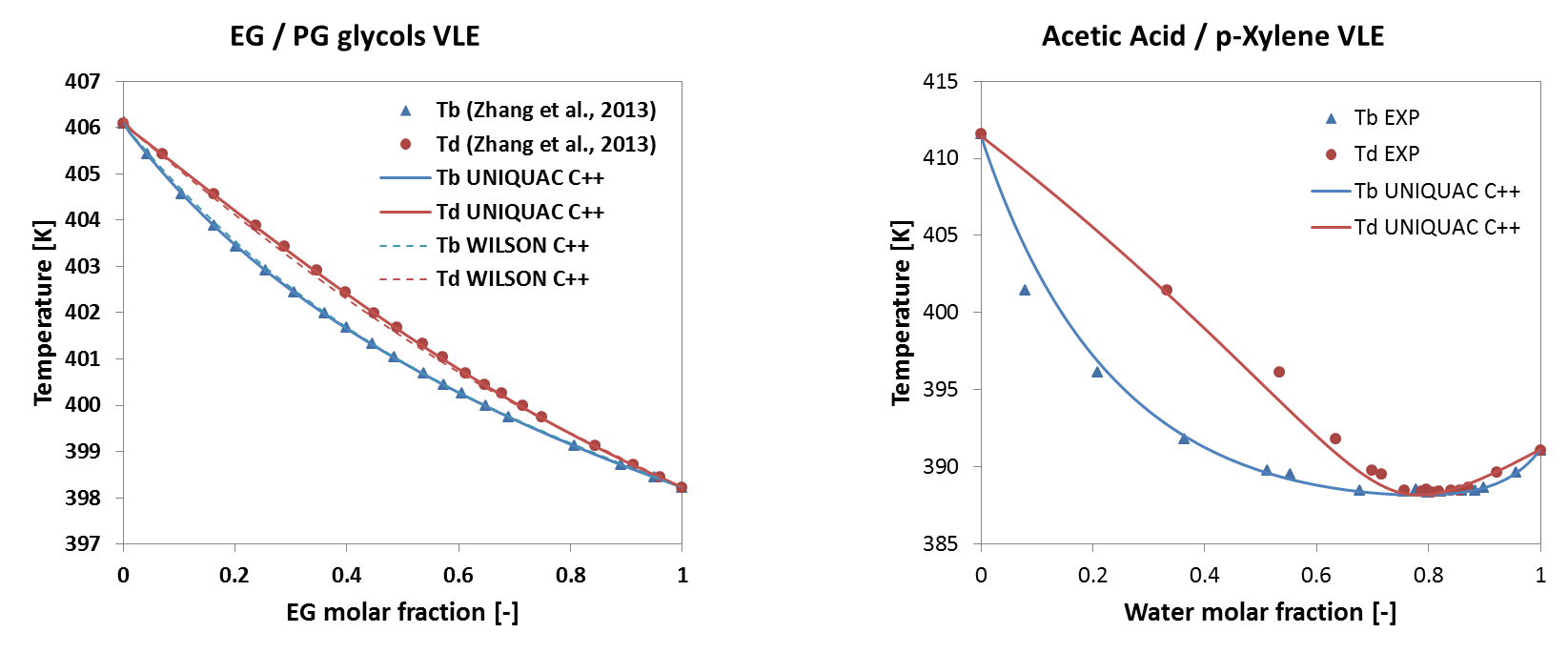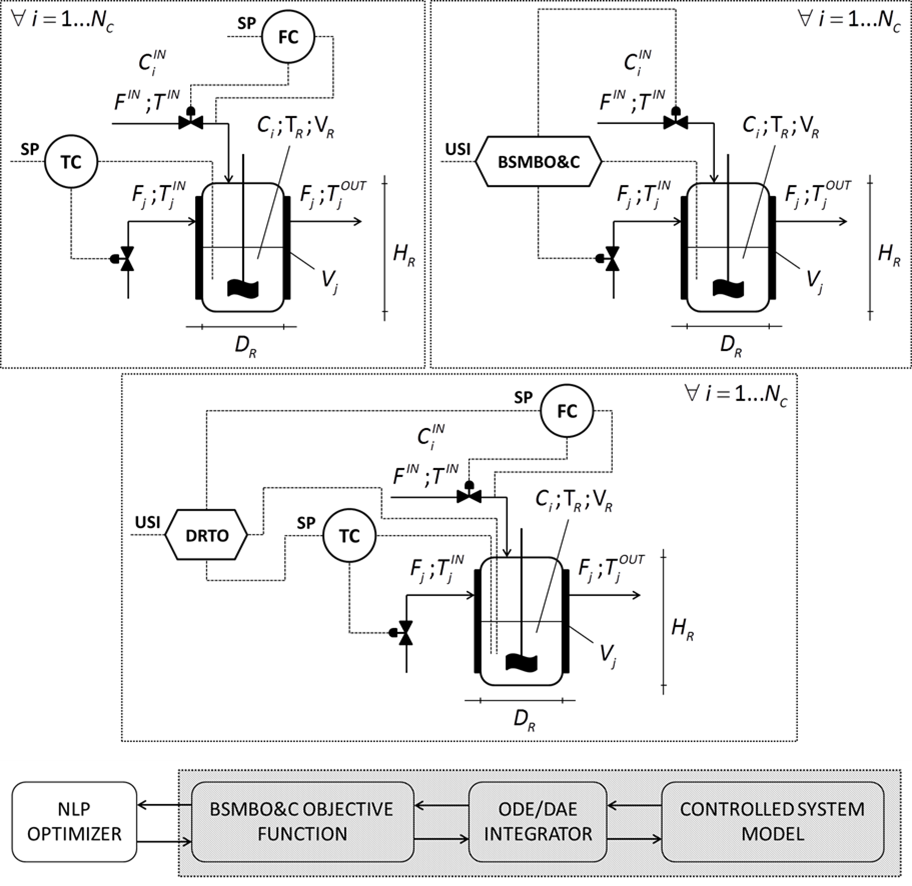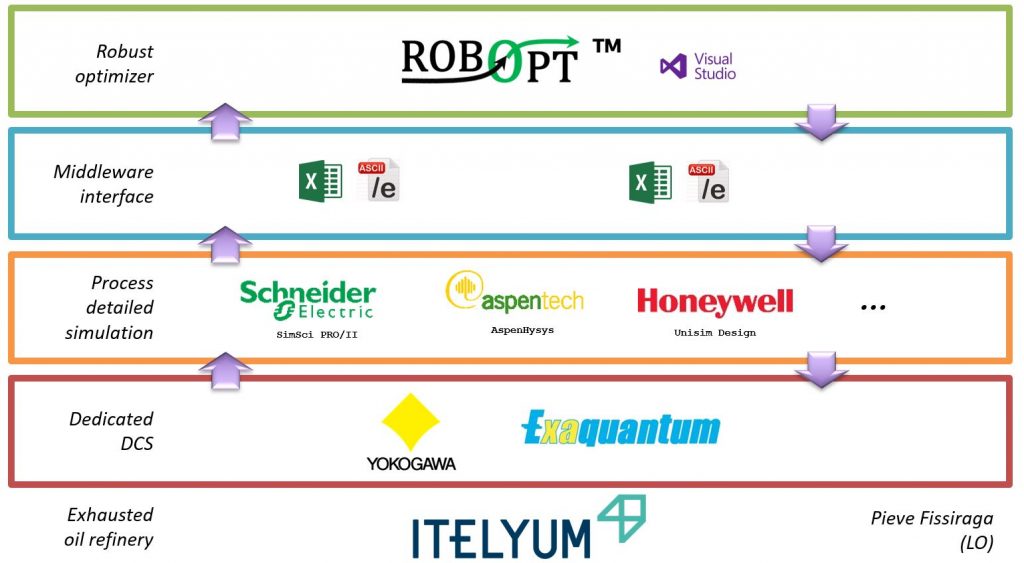SuPER activities in Machine Learning (ML) don’t deal with Artificial Inteligence (AI) only, where black-boxes are appropriately trained by data after their analysis. The research mainly deals with the whitening of black-boxes for chemical, process and generation plants to achieve a hybrid grey-box-based ML able to couple efficiency and self-robustness in trend predictions and previsions.
Big data
BzzMath Process Digitalization Library includes robust and efficient algorithms for the big data analysis and the automatic detection of gross errors and outliers:
- Buzzi-Ferraris, Manenti, “Data Interpretation and Correlation”, Kirk-Othmer Ecnyclopedia, 5th Ed., John Wiley and Sons, NY, 2011
- Buzzi-Ferraris, Manenti, “Outlier Detection in Large Data Sets”, Computers & Chemical Engineering, 35(2), 388-390, 2011
It is adopted as numerical base for the Smart Manufacturing project ongoing at the Pieve Fissiraga (LO) plant of Itelyum Regeneration srl, an exhausted oil circular refinery. A dedicated YOKOGAWA EXAQUANTUM DCS (Distributed Control System) has been installed to collect sets of big data of the plant and validate new digitalization algorithms directly by the field.
Kinetic scale
The core of a unit process is kinetics. In order to develop reasonable kinetic schemes, it is mandatory to acquire exerimental data near the process operating conditions. We can entirely address the development of kinetic schemes from experimental measurements up to rate constants estimation by nonlinear regression and final validation. Depending on the target, we can select different levels of detail spanning from reduced-order/lumped stoichiometries up to detailed reaction networks. Finally, we can address both omogeneous and heterogeneous catalyzed/non-catalyzed reacting systems.

Thermodynamic equations
The basis for an accurate model of upstream and downstream operations requires reliable thermodynamic packages. Therfore, we can carry on experimental measurements devoted to the aquisition of input data for subsequent nonlinear regression procedure. The parameters (e.g. binary interaction parameters etc.) can then be inserted into commercial packages for steady-state and dynamic process simulation.
A recent work in collaboration with SIAD MACCHINE IMPIANTI SpA imposed the estimation of hundreds of thermodynamic parameters starting from a 55Gb ASCII database (large data sets).

Decision-making in process operations
We have developed a novel simultaneous optimization and control algorithm, referred to as batch simultaneous model-based optimization and control (BSMBO&C), to optimize the performance of batch and semi-batch systems, including the batch cycle duration as well, providing, at the same time, the process control. The algorithm structure is very flexible and suitable to be adapted to every need of the user because of the possibility to employ fully customizable objective functions. The tool, which exploits a very efficient numerical library, is available as a C++ class.

We are also active in the area of optimal control of continuous processes thanks to a widespread code that has been awarded for being the most widely employed MPC code in Europe.
Moreover, we are also going to develop a new tool named CSMB&C, which is the equivalent of BSMBO&C, but it is designed to be applied to continuous systems.
Corporate decision-making process
Supply-chain management is gaining more importance in the industrial practice due to the reduced profit margins. We already addressed the development of global systems for the optimal management of the whole corporate (supply-chain and production networks). Our expertise has grown thanks to the collaboration with Linde and Air Liquide, leading companies in the production and distribution of industrial gases.
In the near future we are planning to expand our Supply-Chain LIBrary by developing a novel corporate-scale interpreter&optimizer. This new software will be able to acquire a general supply-chain network and production layer structure and to optimize it in real time, thus providing the users with suggestions for a corporate optimal management.


